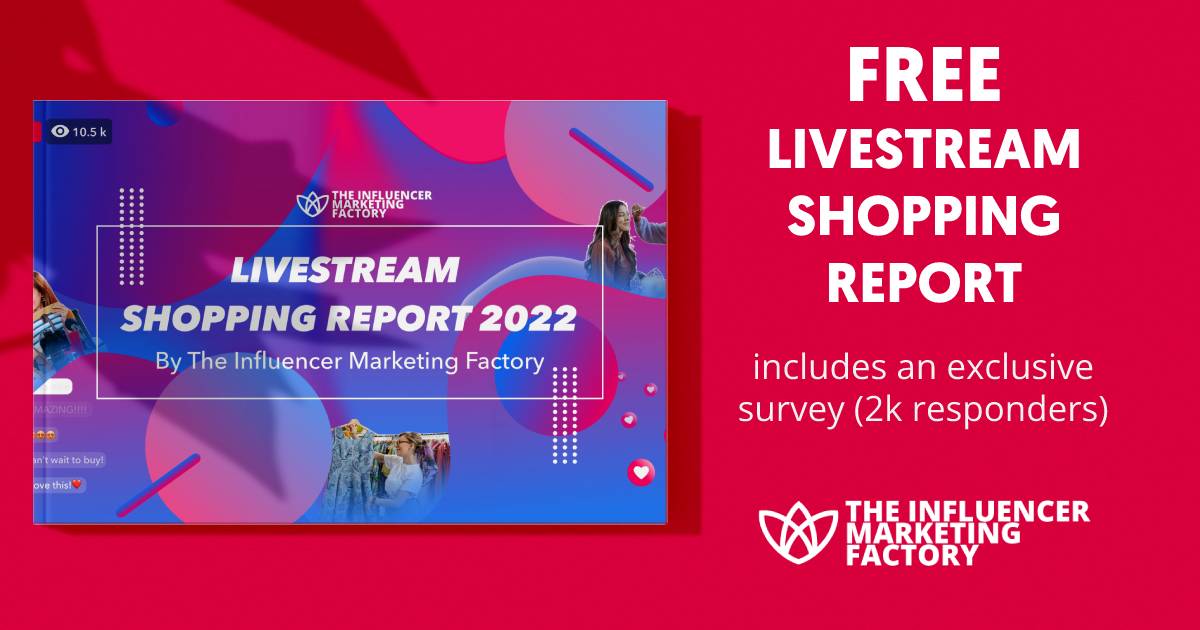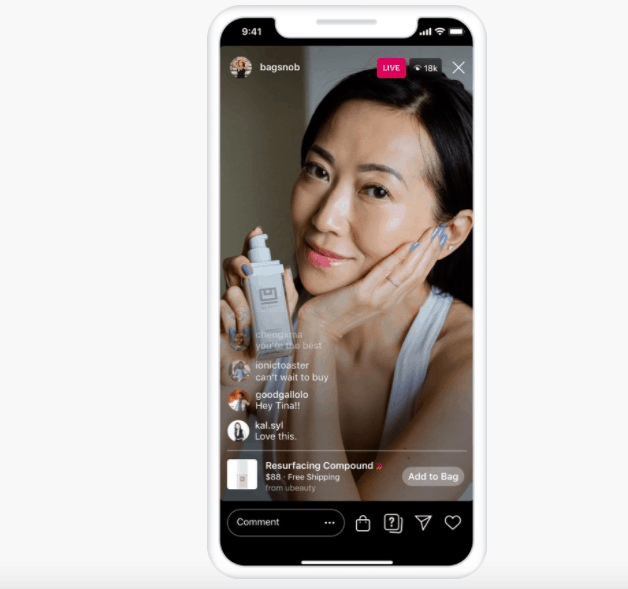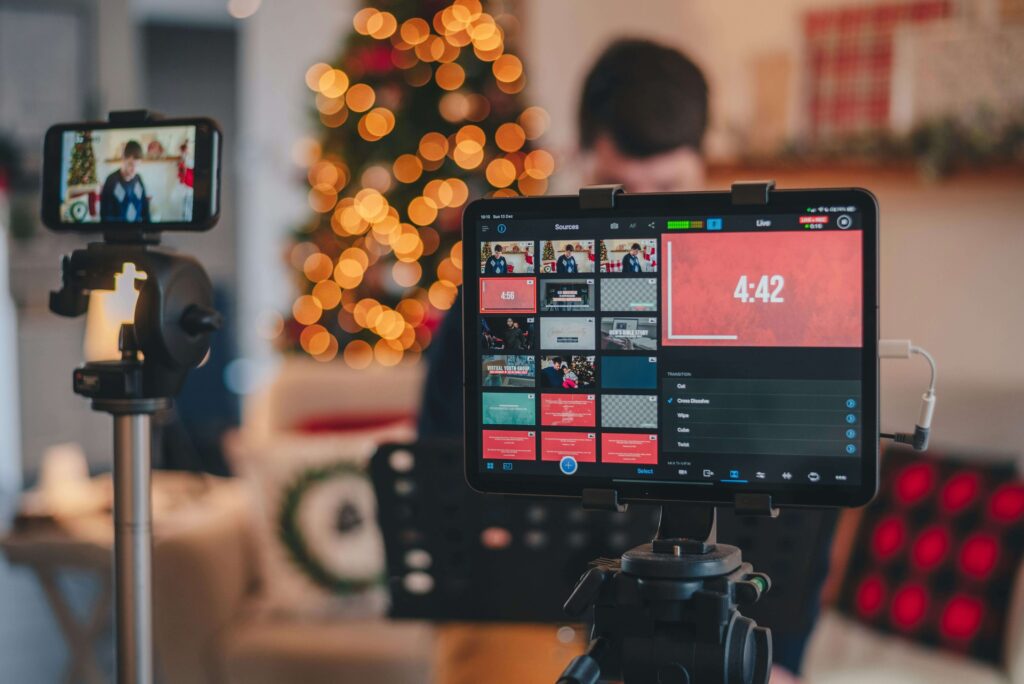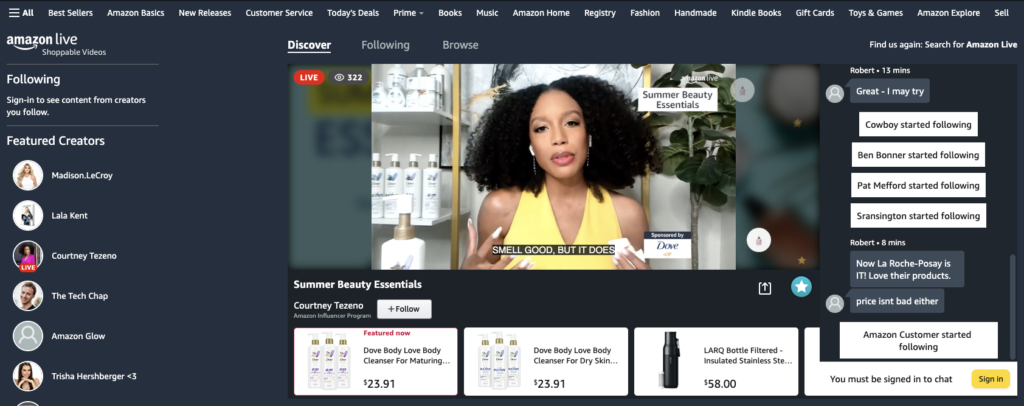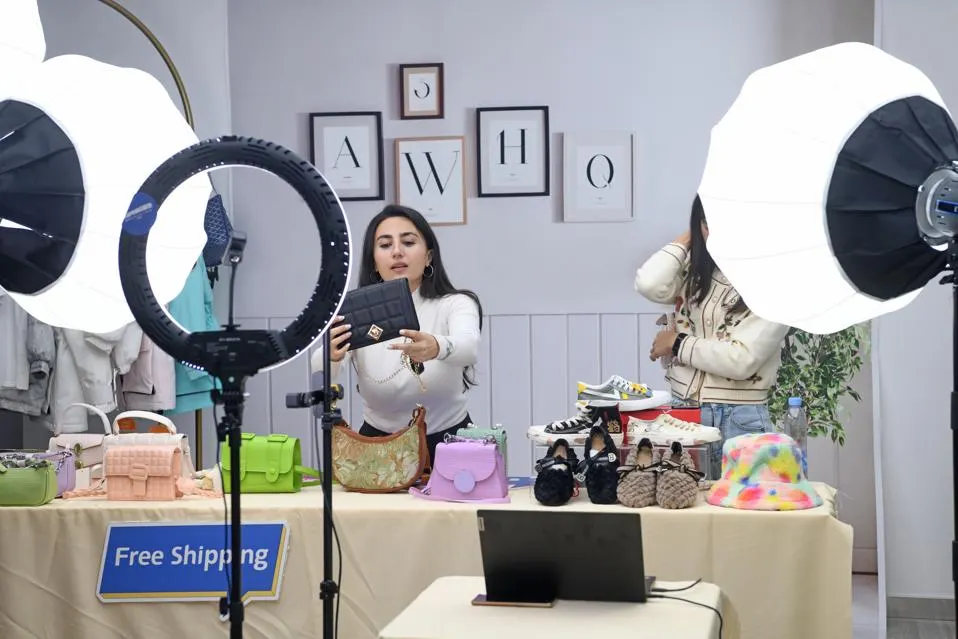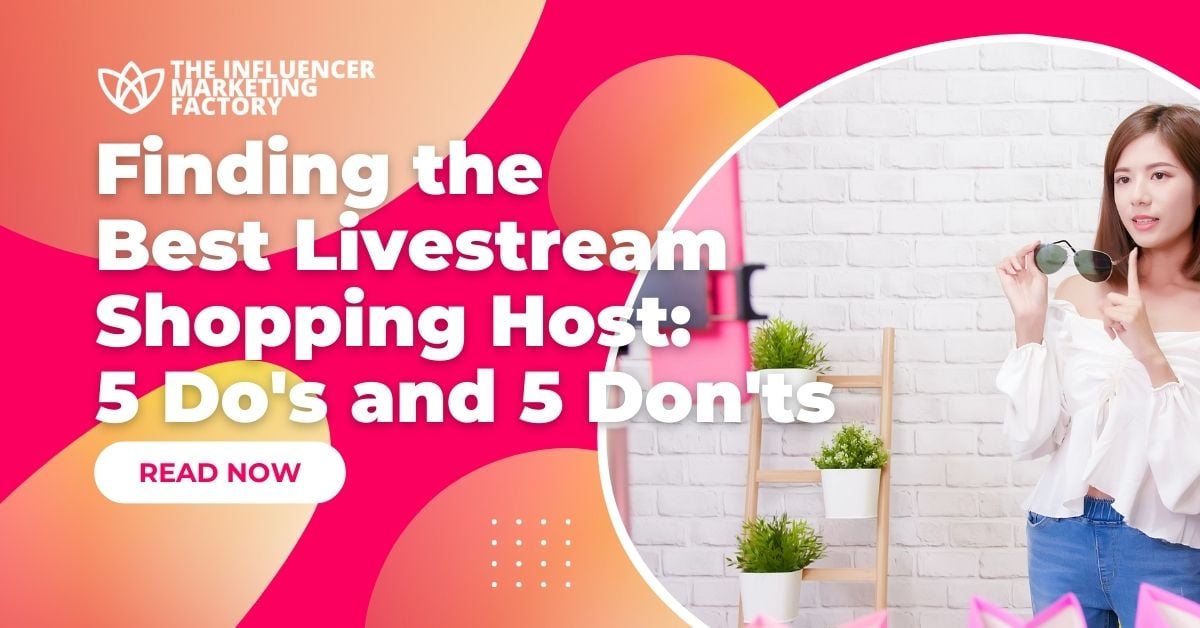
25 Jan Finding the Best Livestream Shopping Host: 5 Do’s and 5 Don’ts
Summary
If you’re still debating influencer marketing, welcome to 2010.
Because in the 2020s, as we are quickly approaching a quarter of a century to 2025, we are so advanced in influencer marketing, that influencers themselves are creating brands. They benefit from being first-hand creators of the industry and know how to market their own brands. In fact, 1 in 3 Gen Zers have bought from an influencer-founded brand in the past year.
So how can brands capitalize on the battalion of influencers who definitively know how to drive conversion?
Connecting Influencer Marketing to Livestream Shopping
The twist in traditional influencer marketing comes with livestream shopping. As e-commerce gains prominence, brands seek ways to inject interaction into the often solitary online shopping experience. Enter livestream shopping, an interactive event hosted by a brand representative or external host on social media platforms or the brand’s website. During these events, hosts showcase products, explain features, and engage with the audience in real-time. The key to a successful livestream shopping event is to find an influencer who can be a solid host.
57% of customers have made purchases during livestream events, and 39% express a strong desire to discover new products in this format. However, the key to a successful session lies in the host’s skills. A good live session requires a host who could be an expert in the field, an influencer who brings in their own audience, or simply a brand founder who is bringing the founder’s story to the forefront. So, what makes a good host? On top of credibility, the host must also be dynamic, charismatic, and entertaining. This host can invite their social media audience, amplifying the impact of the event.
As a brand, you will find that influencers and creators fit the bill perfectly. Their outgoing nature and content creation skills make them ideal hosts, capable of engaging audiences for the typical 30-60 minute Live shopping event. Leveraging influencers to promote the event beforehand not only builds brand awareness but also entices their followers to join the session for a chance to interact with their favorite creators.
Here are the 5 do’s and 5 don’ts to keep in mind when recruiting and evaluating a good livestream shopping host.
5 Do’s in Evaluating a Good Livestream Shopping Host
1. Ensure the Livestream Shopping Host is Relevant and Knowledgeable
The first step to finding a successful livestream shopping host is to make sure they are familiar or knowledgeable figure in your industry. To build customers’ trust in a brand, the livestream shopping host must know about the products they are selling and why they matter.
2. Find an Authentic Livestream Shopping Host
The host must be brutally honest, even when critiquing well-established brands. This genuine approach solidifies trust with audiences, as they don’t only want to hear about praise, else as a brand, one would simply opt for traditional advertising.
“If influencer content actually looks ‘finished’, that it comes out more like an ad than real authentic content.” – buywith CEO Adi Ronen.
3. Have the Livestream Shopping Host Maximize Their “On-Air” Time
A good livestream shopping host ensure to show content to keep the audience engaged throughout the livestream. As a brand, you can help the host create special segments, teasing upcoming content, and creating incentives for viewers to stay tuned to ensure that the time spent on air is maximized with an engaged audience. The best hosts are able to engage their audience and lower drop-out rates, by a well thought of hook and bait strategy. This could include having polls, like the ones enabled on buywith’s platform, asking viewers to vote for what they like best of the products partway through a livestream shopping event.
4. Include Multimedia Elements
Both the brand and livestream shopping host are responsible for incorporating interactive media elements like chat boxes, polls, and onscreen CTAs to engage viewers. Utilizing multimedia content such as prerecorded segments, remote guests, and a mix of screen sharing in full screen and partial screen mode all contribute to enhancing the livestream experience and lead customers through the sales journey.
5. Create Incentives and Drive Communication
It is advisable for brands to offer incentives for viewers to watch until the end. This could include sneak previews or surprise giveaways or coupon codes. A good livestream shopping host will use this to better their on air time, facilitating real-time communication by letting viewers ask questions and express concerns is also encouraged, as simple things like welcoming users or asking where they are from or what their favorite products are makes it feel like a communal shopping experience.
5 Don’ts in Evaluating a Good Livestream Shopping Host
1. Don’t Allow Hosts to Write a Script
In line with being authentic, don’t give your host a script. A good livestream shopping host often avoids scripting the entire show, as it may make the dialogue feel less authentic. Instead, it is recommended that they use organized outlines and key points provided by the brand, bullet-point lists, and notes to stay organized without sacrificing authenticity.
2. Don’t Make the Livestream Shopping Event Sales-y
A livestream shopping event is about conversion, but is not a sales pitch. Avoid making the hosts recite a sales pitch approach, as that is why the generation dismissed ads in flocks. Instead, the livestream shopping host can act like an advisor or expert to the viewers, addressing their needs and sharing perspectives on products, providing ample information to empower viewers to make informed decisions.
3. Don’t Use Static Content
A good livestream shopping host understands the two-way street dynamic nature of livestreams. Platforms like buywith offer customization tools, allowing brands to integrate multimedia content, branded assets, and CTAs seamlessly, and brands can incorporate these and guide the host to better utilize them for higher engagement.
4. Don’t Let Your Livestream Shopping Host Give Canned Responses
Training the livestream shopping host is key, as then they will be familiar with your brand, common FAQs, and be able to answer questions more knowledgeably. A solid livestream shopping host stays clear of canned responses that feel inauthentic. With apt training from the brand, they can respond to viewers with honesty and empathy, by specifically addressing their questions and concerns. Similarly, a good livestream shopping host never ignores the audience. Ultimately, the host must feel like their reliable friend, not just a host.
5. Don’t Forget Post-Event Promotion
While it is obvious to build up to a live shopping event by promoting it on social media platforms and more, many brands can use live content after the event is over. Using it for remarketing and other initiatives can generate up to 80% more sales. As such, a livestream shopping host should reference their recent live with links to purchase products, well beyond its end, to keep viewers engaged and potentially acquire new customers and audiences who may have missed the livestream shopping event.
In conclusion, livestream shopping hosts are critical to driving sales for brands, and it is important for brands to recruit a solid livestream shopping host for any livestream. Trust buywith’s Top 100 influencers playbook for vetting the top trained hosts that can work for a variety of livestreams, from food to fashion to lifestyle to tech.
Kickstart Your Influencer Journey Now
Connect with The Influencer Marketing Factory to tap into a network of top-tier influencers, orchestrate seamless campaigns from start to finish, and captivate your ideal audience with dynamic content

